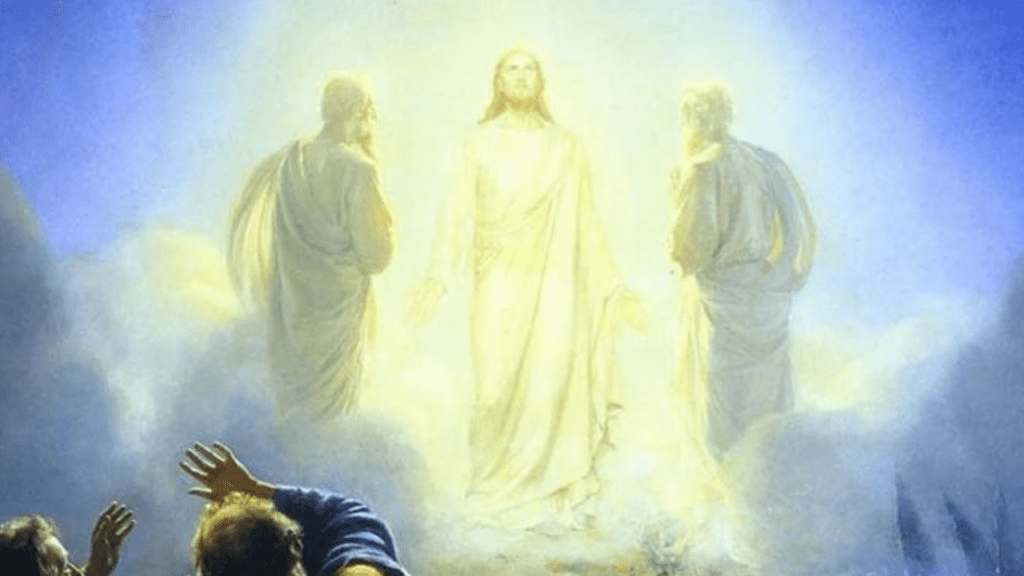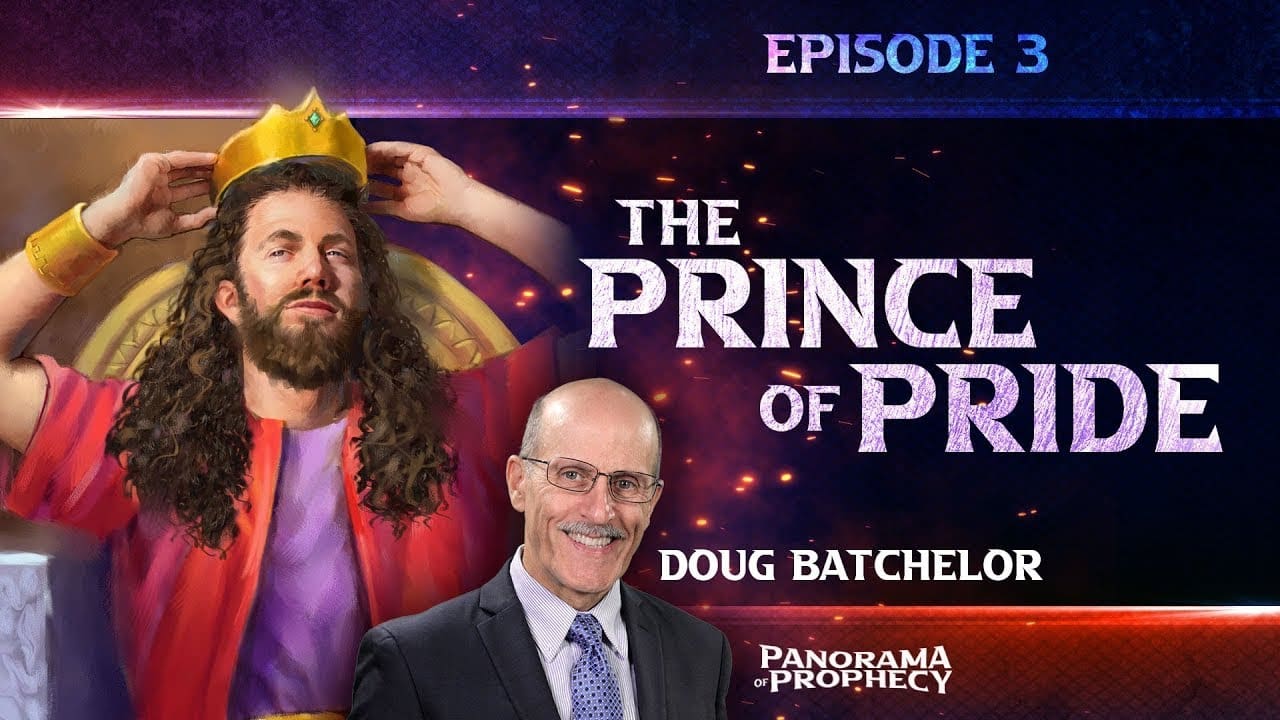The transfiguration of Jesus is a powerful story recorded in the Gospels, where Jesus momentarily revealed His divine glory to Peter, James, and John. During this event, Moses and Elijah appeared and talked with Jesus. This encounter can raise questions for those who understand death as a sleep, awaiting resurrection at Christ’s return. How could Moses and Elijah be present if they were awaiting resurrection?
To understand this, we need to consider two important principles. First, while the general resurrection of God’s people will occur at the end of time, there have been individual resurrections recorded in the Bible. Jesus’ resurrection, for instance, was not part of the general resurrection. Likewise, some saints rose from their graves after Jesus’ resurrection (Matthew 27:52-53). Prophets like Elijah and Elisha also performed resurrections during their ministries. These individual resurrections do not negate the general resurrection when Christ returns.
The second principle is that some individuals have left the earth without experiencing physical death, and thus they do not require resurrection.
Elijah falls into the latter category. As recorded in 2 Kings 2, he was taken to heaven in a whirlwind without experiencing death. Appearing at the transfiguration was not problematic for Elijah, as he had already spent considerable time with Jesus in heaven before Jesus’ earthly birth.
Moses, on the other hand, died in the wilderness before the Israelites entered the Promised Land. Deuteronomy 34:5-6 reveals that God Himself buried Moses, and his burial site remains unknown to this day. This hints at something extraordinary awaiting Moses after his death. The New Testament provides further insight. Jude 9 mentions a dispute between the archangel Michael and Satan over Moses’ body. Satan claimed Moses as his own, subject to death like everyone else, but Michael had different plans. As the archangel, Michael possesses the power to resurrect God’s people (1 Thessalonians 4:16). Moses was not meant to remain dead; he was resurrected and has been living in heaven ever since.
Therefore, the presence of Moses and Elijah at the transfiguration does not provide a direct answer to the question of what death is because neither of them was deceased. Elijah never experienced death, while Moses was resurrected and has already experienced life after death.
Although the transfiguration does not directly address the state of the dead, it holds significant theological meaning. Peter, in his account of the experience, connects it to Christ’s return in 2 Peter 1:16-18. Moses and Elijah symbolize the two classes of God’s people who will be present at that glorious event: Moses represents the “dead in Christ” who will rise to new life, while Elijah represents “those who are alive and remain” and will be translated to heaven without experiencing death (1 Thessalonians 4:16). Understanding the transfiguration as a representation of Christ’s second coming helps us comprehend Jesus’ promise that some of His disciples would see the kingdom of God before tasting death (Luke 9:27), which was fulfilled in the transfiguration.
By grasping the profound significance of the transfiguration and what Moses and Elijah represent, we can gain insights into the nature of death. If everyone immediately went to heaven upon death, there would be no need for a bodily resurrection. Likewise, translation to heaven would lose its special significance if all departed souls went directly to heaven. Moses and Elijah serve as evidence that death brings a state of unconsciousness, a sleep, while the sleeping saints await Jesus Christ’s return and the resurrection.














